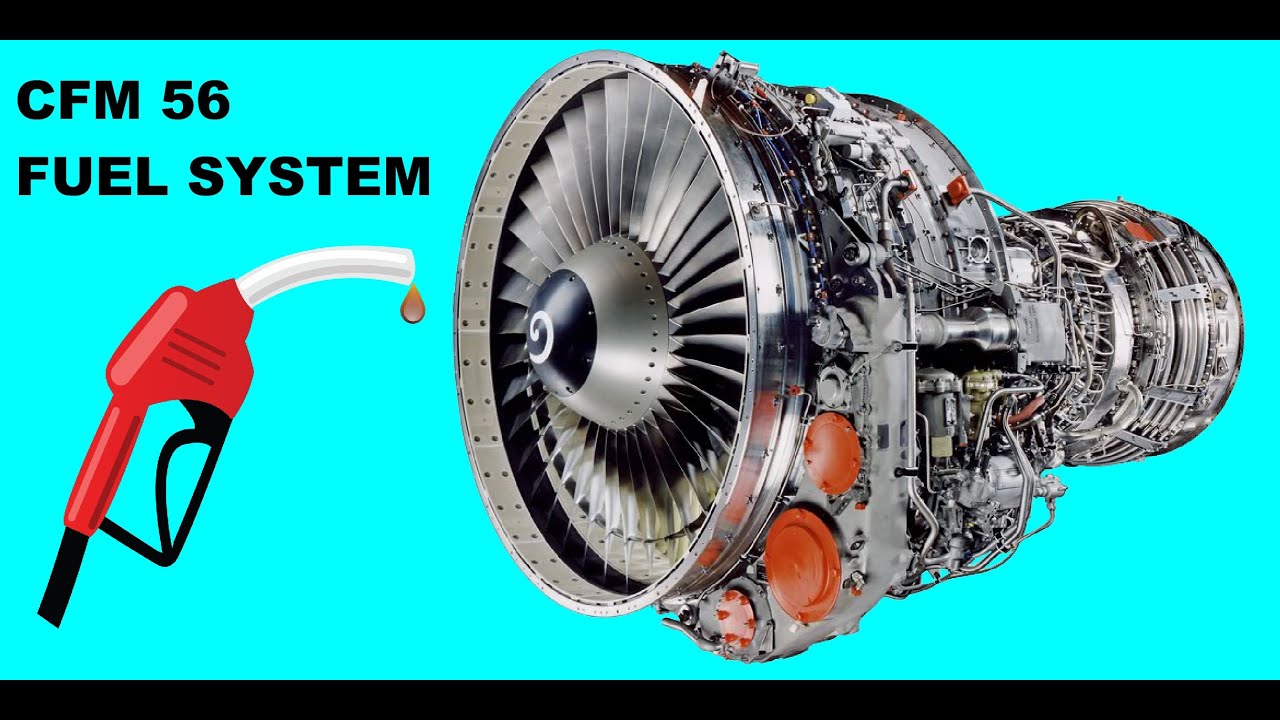Turbos: How They Work | Science Garage
Summary
TLDRThis script delves into the world of turbocharging, explaining how it enhances engine power by increasing air density for more fuel combustion. It traces the history of turbos, from Swiss engineer Alfred Buchi's invention to their widespread use in aviation and automotive industries. The script explores how turbos work, the challenges of lag, and solutions like intercoolers and twin turbo systems, highlighting the evolution of turbo technology and its impact on modern vehicles.
Takeaways
- 🔧 An engine works like a large pump, sucking in air and fuel, compressing it, and then combusting to produce power.
- 🚀 To increase engine power, more air is needed alongside fuel; historically, this required a larger engine displacement.
- 🌪️ Alfred Buchi invented the turbocharger in 1905, using exhaust gases to power a compressor that fed denser air into the engine, allowing more fuel to burn and thus increasing power.
- ✈️ Turbos are crucial in aeronautical applications, restoring air pressure at high altitudes to prevent loss of engine power.
- 🔄 The basic operation of a turbo involves exhaust gases spinning a turbine, which in turn spins an impeller to compress air and increase its density for more efficient combustion.
- 💨 A blow off valve is used to relieve pressure when the throttle is lifted, preventing charged air from re-entering the turbo.
- 🔥 Turbos generate a lot of heat due to the constant flow of hot exhaust gases, which can cause the metal to oxidize quickly.
- 🌡️ Intercoolers are used to cool the compressed air, increasing its density and improving the efficiency of forced induction.
- 🔄 Turbochargers can be sized and configured in various ways, including twin turbos, which can be parallel, sequential, or two-stage to balance power delivery and reduce lag.
- 🚗 Sequential turbocharging uses a small turbo to provide quick response and a larger turbo for power, smoothing out the power delivery and reducing turbo lag.
- 🛠️ Modern turbocharging technology has become more accessible, allowing even everyday vehicles to benefit from increased performance.
Q & A
What is the basic principle of how an engine works?
-An engine works like a large pump, sucking air and fuel into a cylinder, compressing and combusting it, and then expelling the exhaust gases.
Why is it important to burn more fuel quickly in an engine?
-Burning more fuel quickly allows the engine to produce more power.
What limits the amount of air a cylinder can breathe?
-The size or displacement of the cylinder limits how much air it can breathe.
How did Alfred Buchi contribute to engine technology in 1905?
-Alfred Buchi invented a method to use exhaust gases to power a compressor, which then fed denser air into the combustion chamber, leading to more efficient burning of fuel.
What is the difference between turbo normalizing and turbo charging?
-Turbo normalizing restores air pressure in the engine to sea level pressure, while turbo charging exceeds sea level pressure to increase engine power.
How does a turbocharger work?
-A turbocharger uses exhaust gases to spin a turbine, which then powers an impeller to compress and feed denser air into the engine, allowing for more efficient combustion.
Why is an intercooler used in a turbocharged engine?
-An intercooler is used to cool the compressed air from the turbocharger, making it denser and more effective for combustion.
What problem does turbo lag create and how is it solved?
-Turbo lag is the delay between hitting the gas and feeling the boost. It can be mitigated by using two smaller turbos or sequential turbocharging to provide smoother power delivery.
What is the main advantage of sequential turbocharging over parallel turbocharging?
-Sequential turbocharging uses a smaller turbo to provide quick spool-up and a larger turbo for more power, reducing turbo lag and providing smoother power gain.
How has turbocharging technology evolved and become more accessible in recent years?
-Turbocharging technology, initially developed for performance and aeronautical applications, has trickled down to mainstream vehicles, making it possible for everyday drivers to enjoy improved engine performance.
Outlines

このセクションは有料ユーザー限定です。 アクセスするには、アップグレードをお願いします。
今すぐアップグレードMindmap

このセクションは有料ユーザー限定です。 アクセスするには、アップグレードをお願いします。
今すぐアップグレードKeywords

このセクションは有料ユーザー限定です。 アクセスするには、アップグレードをお願いします。
今すぐアップグレードHighlights

このセクションは有料ユーザー限定です。 アクセスするには、アップグレードをお願いします。
今すぐアップグレードTranscripts

このセクションは有料ユーザー限定です。 アクセスするには、アップグレードをお願いします。
今すぐアップグレード関連動画をさらに表示

How does a turbocharger work?

Combustion Chambers Part 2 - Aircraft Gas Turbine Engines #09

JET ENGINE FUEL SYSTEM

How car engine works? / 4 stroke internal combustion engine (3D animation)

Carburetor vs Fuel Injection - Why Motorcycle Riders Should Think Again

6-Stroke Dari Porsche?? Inovasi & Revolusi Mesin Bensin! Cara Kerja Mesin 6-Tak Porsche Dengan 3D
5.0 / 5 (0 votes)
